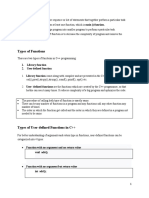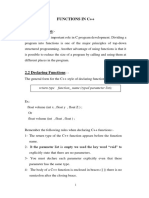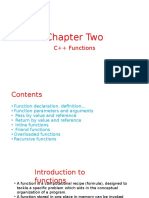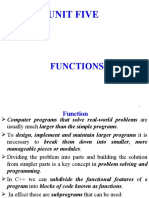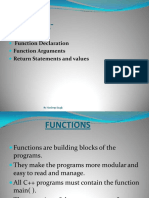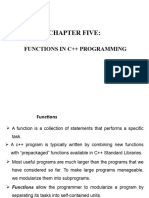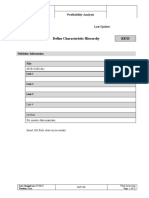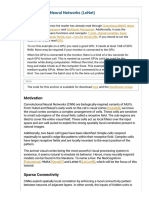0% found this document useful (0 votes)
19 views36 pagesHsslive Xii CA CH 3 FUNCTIONS Slide Shahija New
The document discusses the concept of modular programming in C++, highlighting its benefits such as reduced program size, lower error rates, and improved reusability, as well as its challenges. It explains the structure and classification of functions, including predefined and user-defined functions, and details various types of function arguments and calling methods. Additionally, it covers the scope and lifetime of variables and functions in programming.
Uploaded by
razeel94Copyright
© © All Rights Reserved
We take content rights seriously. If you suspect this is your content, claim it here.
Available Formats
Download as PPTX, PDF, TXT or read online on Scribd
0% found this document useful (0 votes)
19 views36 pagesHsslive Xii CA CH 3 FUNCTIONS Slide Shahija New
The document discusses the concept of modular programming in C++, highlighting its benefits such as reduced program size, lower error rates, and improved reusability, as well as its challenges. It explains the structure and classification of functions, including predefined and user-defined functions, and details various types of function arguments and calling methods. Additionally, it covers the scope and lifetime of variables and functions in programming.
Uploaded by
razeel94Copyright
© © All Rights Reserved
We take content rights seriously. If you suspect this is your content, claim it here.
Available Formats
Download as PPTX, PDF, TXT or read online on Scribd
/ 36















